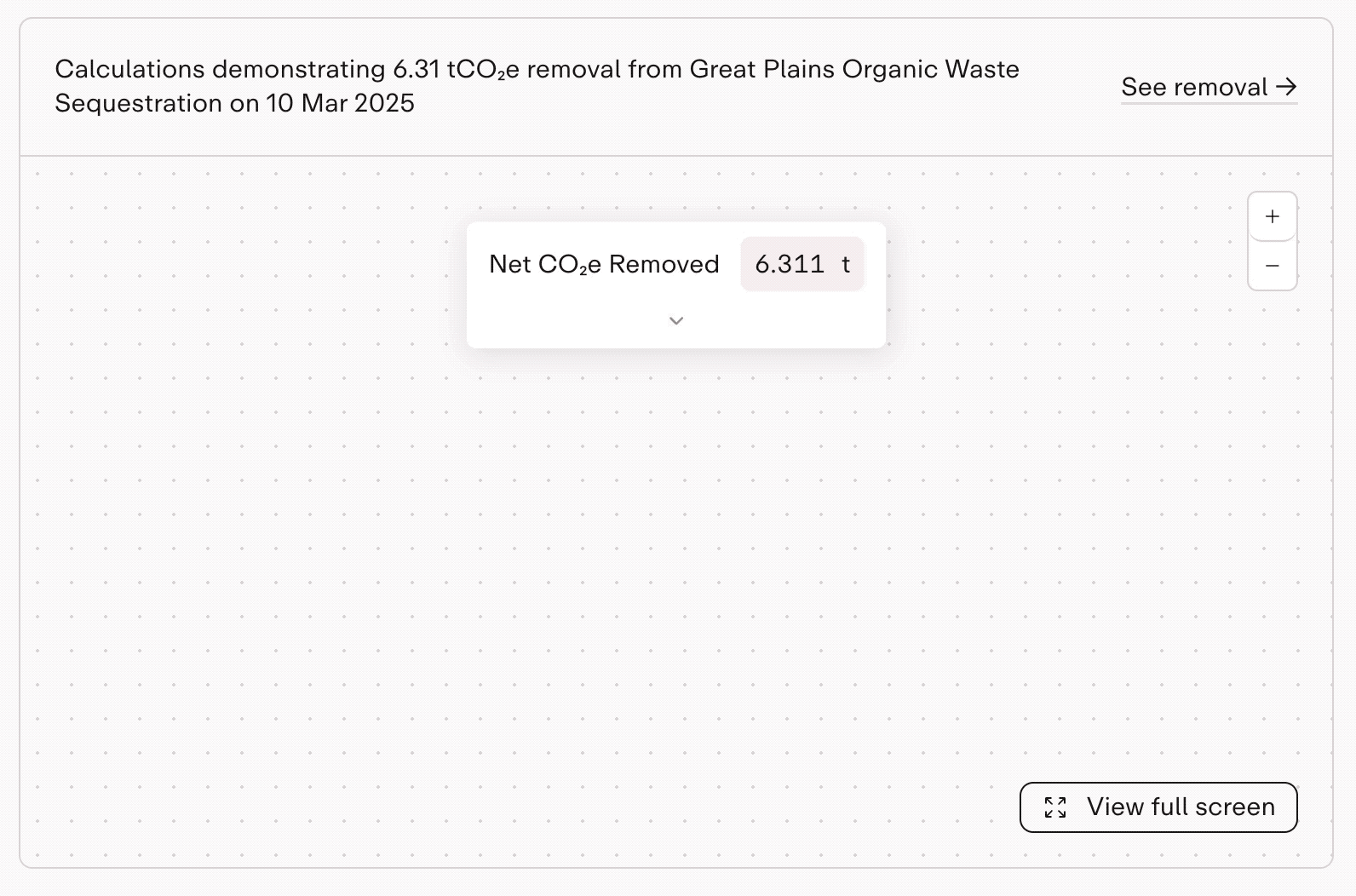Durable, resource efficient, and scalable carbon removal
With real co-benefits for communities
We don’t just remove carbon. We avoid methane emissions and eliminate the harms caused by the organic wastes we source to local land, air, and water.
Delivering at commercial scale today
To industry-leading buyers of carbon removal
With clear transparency, using a best-in-class protocol
Measurability is a huge benefit of Vaulted’s approach to CDR. Each step of the process fully measurable — from direct energy meter read outs to carbon sampling of the waste itself.
Transparency is critical to building trust and aligning incentives. Measurability means little without sharing what we’ve measured! On the Isometric registry, Vaulted publicly shares underlying evidence and calculations for every tonne of CDR delivered.

CDR certified by Isometric (ICROA & ICVCM certified)
Latest Vaulter
-
- News
April 23, 2025
Vaulted Deep Wins $8M in XPRIZE Carbon Removal Competition










